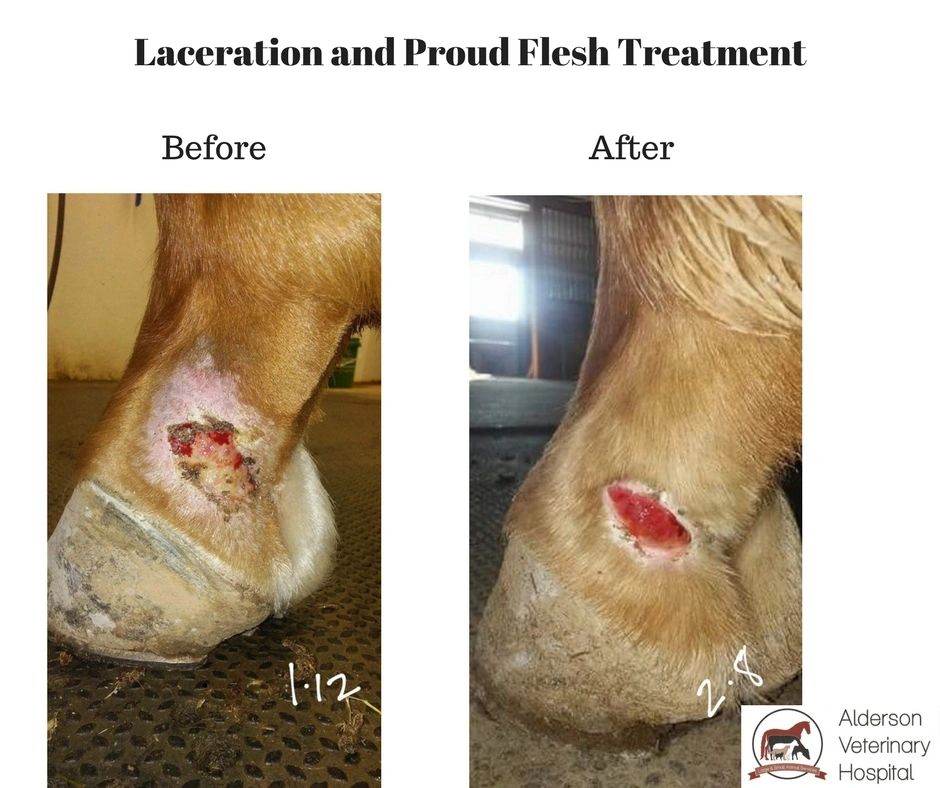Equine Therapy Programs: Changing Lives One Experience each time
Equine Therapy Programs: Changing Lives One Experience each time
Blog Article
Assessing the Efficiency of Laser Therapy in Horse Therapy for Injury Rehabilitation
The examination of laser treatment's efficiency in equine injury recovery pivots on several elements, including recovery time, discomfort reduction, and tissue regrowth. Vets frequently observe exceptional end results with laser therapy compared to conventional methods, placing it as a critical aspect in equine care.
Understanding Laser Treatment
Laser treatment has actually become a pivotal device in vet medication, specifically in the treatment of equine problems. Known for its non-invasive nature and efficiency, laser treatment includes the application of particular wavelengths of light to stimulate tissue fixing and minimize swelling. This healing method is increasingly preferred for its capability to speed up the recovery procedure in steeds experiencing a variety of musculoskeletal injuries and persistent problems.
The key device behind laser therapy is its ability to improve cellular functions. Additionally, laser treatment advertises vasodilation, boosting blood circulation and oxygen delivery to broken tissues, thus speeding up healing.
In equine medicine, laser therapy is particularly advantageous for conditions such as tendonitis, osteoarthritis, and injury healing. The strategy is lauded for its pain-relieving homes, permitting steeds to restore mobility and function more swiftly. Veterinarians also value its very little adverse effects compared to other therapy techniques, making it a reliable and safe alternative for equine care.

Just How Laser Therapy Functions

Upon absorption, these photons trigger a series of biochemical changes, enhancing mitochondrial function and causing boosted adenosine triphosphate (ATP) production. This surge in ATP speeds up cellular metabolic process, promoting tissue repair service and regeneration. Additionally, laser treatment modulates inflammatory actions by influencing cytokine degrees and reducing oxidative tension, thus easing pain and swelling.
Another significant aspect of laser therapy is its role in boosting microcirculation. The therapy advertises vasodilation, enhancing blood circulation and oxygen delivery to damaged cells (Equine Therapy). This facilitates the elimination of cellular particles and supports the proliferation of fibroblasts and collagen synthesis, essential for wound recovery
Scientific Proof
The effectiveness of laser treatment in equine treatment has actually been confirmed through numerous medical research studies, showcasing its healing potential throughout a variety of conditions. A study performed by Turner et al. (2012) demonstrated that steeds treated with low-level laser therapy (LLLT) for tendon injuries showed sped up recovery contrasted to those obtaining traditional therapies.
In a similar way, research by Johnson and colleagues (2015) concentrated on equine muscular tissue injuries, revealing that laser therapy dramatically sped up muscle fiber regrowth and decreased muscle mass rigidity. Continued Professional analyses have revealed that laser therapy can reduce persistent conditions such as osteo arthritis.
Vet Insights

Vets also appreciate the adaptability of laser therapy. It can be utilized for a vast array of conditions, from surface wounds to deeper bone and joint injuries. Dr. Emily Brown highlights its energy in dealing with conditions like tendonitis and osteoarthritis, where traditional therapies usually fall short. She aims out that laser treatment can be tailored to the certain demands of each equine, making certain ideal outcomes.
Additionally, veterinarians value the ability to integrate laser therapy with various other therapy techniques. This multimodal technique can improve overall therapy efficiency, providing a detailed service for equine rehab. Such endorsements from experienced professionals highlight the growing approval and application of laser treatment in equine medication.
Practical Factors To Consider
A key aspect of executing laser treatment in equine therapy entails recognizing the functional factors to consider that guarantee its effectiveness and safety and security. It is important to pick the ideal laser gadget, as numerous types click here for more info differ in wavelength, power, and infiltration depth. Vets should be skilled in these criteria to tailor therapy methods successfully to every injury type
Furthermore, the regularity and period of laser treatment sessions need cautious planning to make the most of restorative benefits while reducing any type of potential unfavorable impacts. Consistent surveillance of the steed's action to therapy can assist essential changes in the treatment program. Establishing a secure and controlled environment during treatments is likewise necessary to prevent unintended direct exposure to laser emissions, which might harm both the steed and the trainer.
Educating and qualification of personnel providing laser therapy are critical to make sure proper method and to copyright safety and security standards. Additionally, maintaining precise records of each session, including laser setups and observed results, is crucial for reviewing the total performance of the therapy and for making data-driven decisions.
Conclusion
Laser treatment has emerged as an efficient modality in equine injury rehabilitation, offering considerable benefits in recuperation time, discomfort relief, and tissue recovery. For ideal results, continuous surveillance and personalized treatment procedures continue to be vital in leveraging the full potential of laser treatment go now in equine care.
Report this page